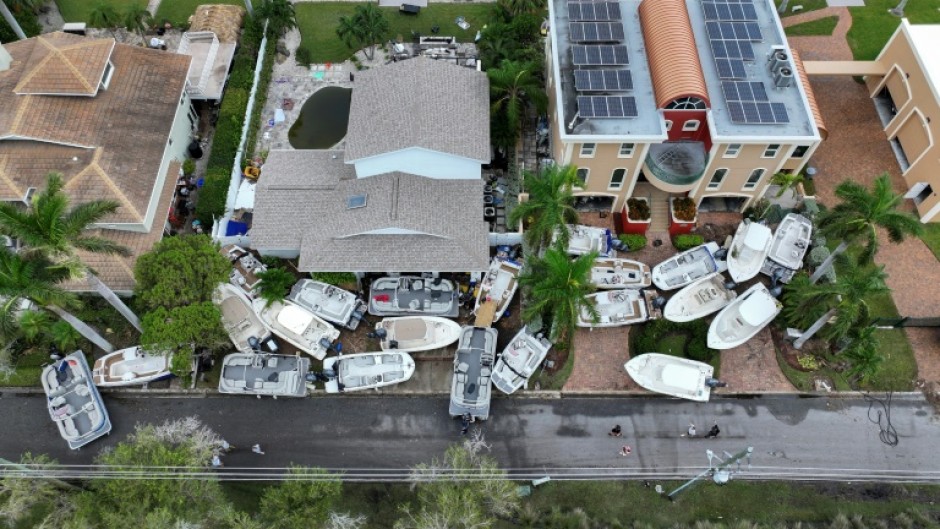MIAMI - The death toll from the passage of powerful Storm Helene reached at least 63 on Saturday as responders, hampered by washed-out bridges and debris-strewn roads, searched house-by-house for survivors in devastated regions of several eastern US states.
At least 22 people died in South Carolina, 17 in Georgia, 11 in Florida, two in North Carolina and one in Virginia, according to updated reports from local authorities tallied by AFP.
Repair crews were already at work Saturday, and the National Weather Service said conditions would "continue to improve today following the catastrophic flooding over the past two days."
But it warned of possible "long-duration power outages."
Helene originally slammed into Florida's northern Gulf shore with powerful winds of 225 kilometres per hour. Even as a weakened post-tropical cyclone, it has wreaked havoc.
Record levels of flooding had threatened to breach several dams, but Tennessee emergency officials said Saturday that the Nolichucky Dam -- which had been close to breaching -- was no longer in danger of giving way and people downriver could return home.
Massive flooding was reported in Asheville, a city in western North Carolina. Governor Ray Cooper called it "one of the worst storms in modern history" to hit his state.
Some residents in South Carolina -- a state that is no stranger to hurricanes -- said Helene was the worst storm to hit in 40 years.
In a statement on Saturday, President Joe Biden called Helene's devastation "overwhelming."
He said he was deploying additional response personnel, and he sent Deanne Criswell, administrator of the Federal Emergency Management Administration, to Florida on Saturday to survey damage. FEMA now has more than 800 people in the storm-hit states.
September has been an unusually wet month around the world, with scientists linking some extreme weather events to human-caused global warming.

